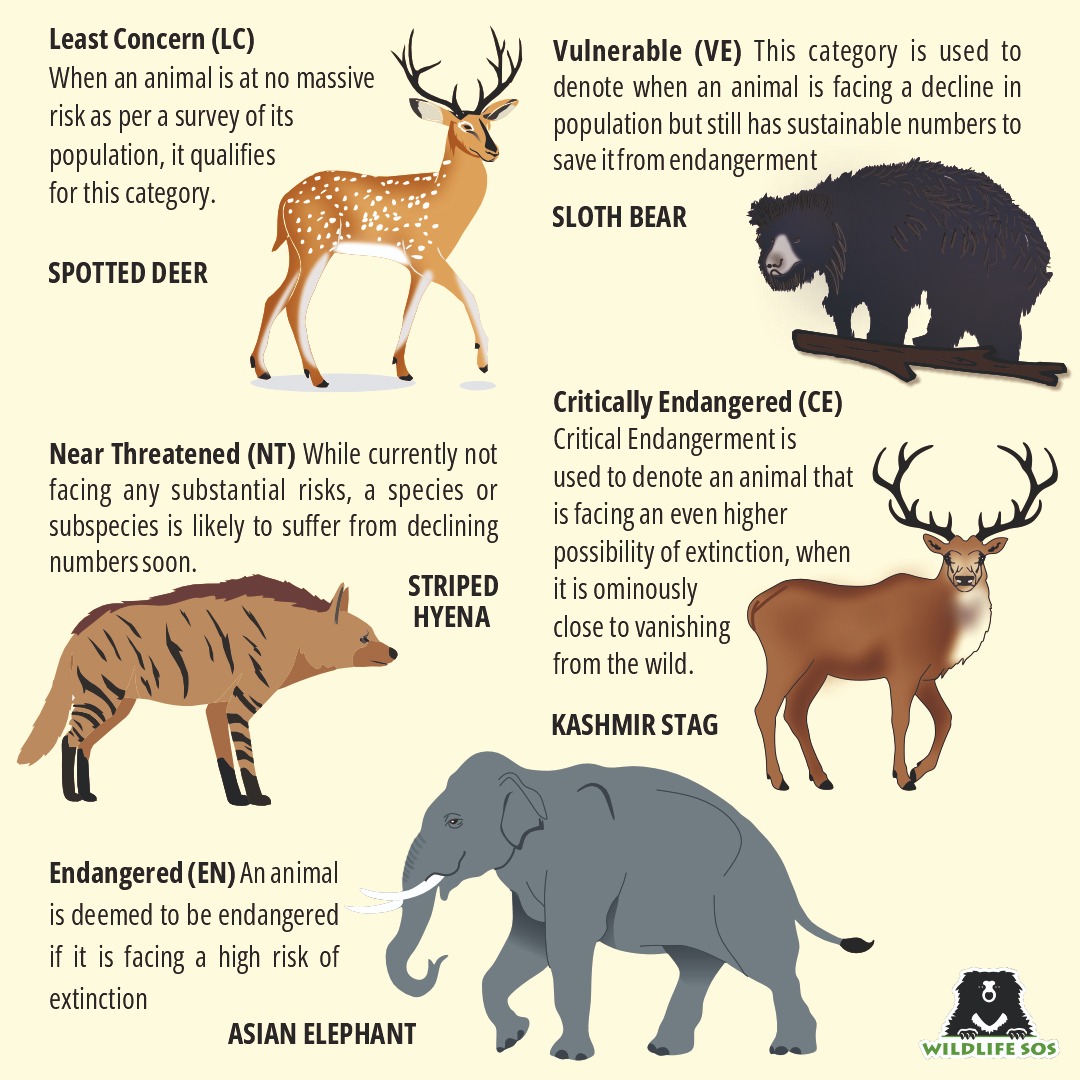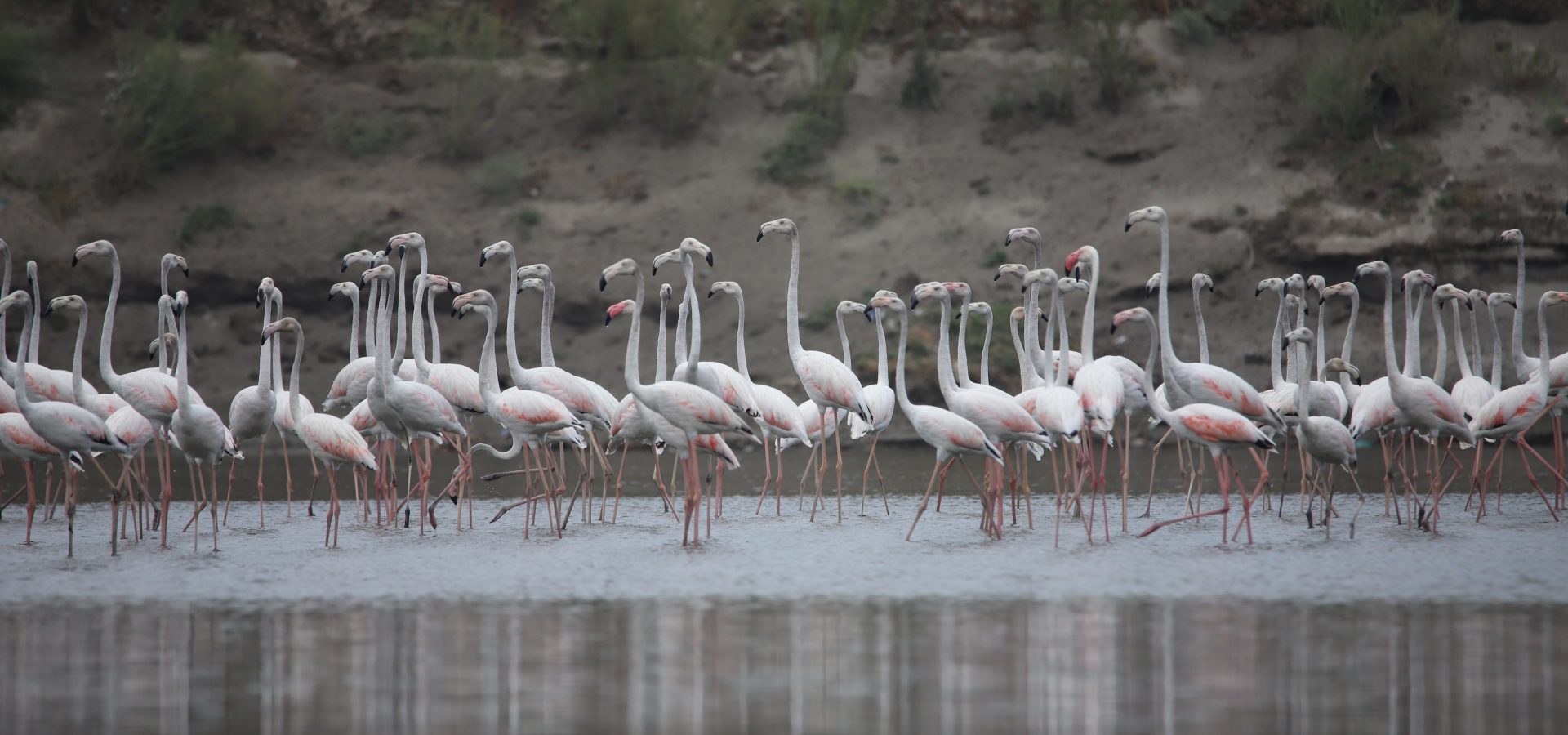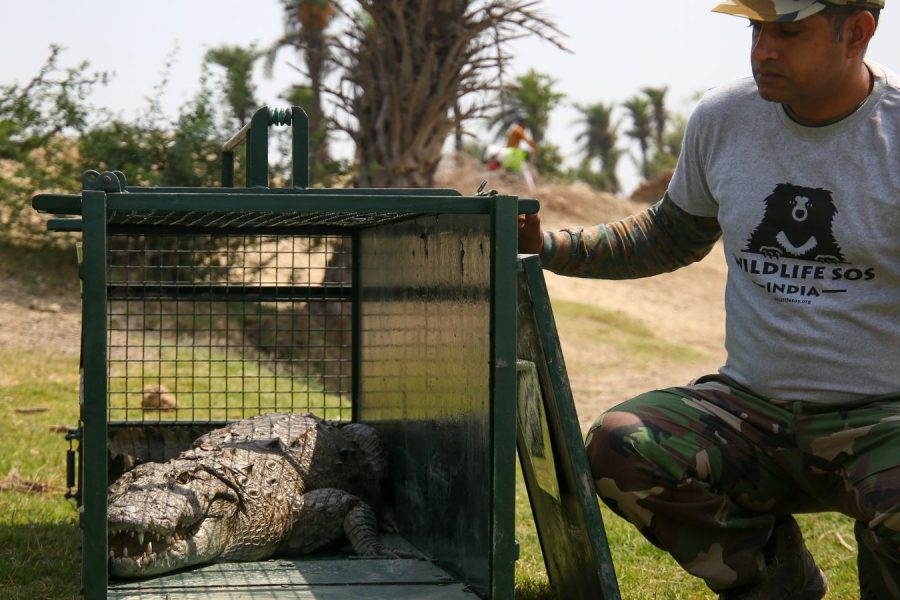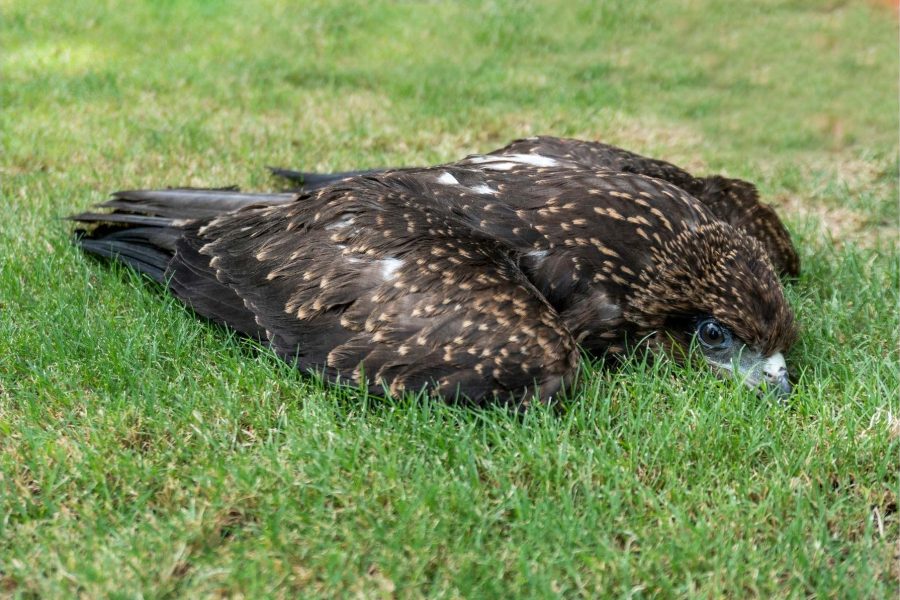World Population Day is celebrated annually on July 11th, ever since a recommendation was made by the Governing Council of the United Nations Development Programme in 1989. The occasion is aimed to draw attention to the issues related to population (and its monumental rise) worldwide. Understanding the impact of rising human population on our environment and wildlife has never been as critical as the present moment.
Human activities have forced over 650 vertebrate species to extinction since the 16th century, while 1 million plant and animal species are in grave danger of facing the same in the near future. Global biodiversity is rapidly declining and ecologists agree that we are currently experiencing the sixth mass extinction. However, this particular extinction of several species is unlike the previous events of extinction that were caused by natural phenomena. Animal population across the world has declined by a whopping 69% since 1970. In the meantime, the number of people living on Earth has more than doubled, going from 3.7 billion in 1970 to over 8 billion today.
On this World Population Day, we must extend our understanding to look at the issues impacting the population of diverse species. As human population increases and people continue to encroach forested spaces, voiceless animals lose their natural habitat and become the worst affected victims. By threatening their territory, populations of several animal species now suffer a sharp decline.
Endangered Species of India
As per a report by the International Union for Conservation of Nature (IUCN) in December 2022, about 73 species of Indian fauna, including nine mammals, 18 birds, 26 reptiles, and 20 amphibians are now ‘Critically Endangered’. The number has gone up steeply from 47 in 2011, and we are looking at an ominous future for animals if no action is taken soon.
In India, threats to biodiversity come in many forms. Apart from habitat destruction and poaching, factors like human-animal conflict, road accidents, open wells, climate change and many others pose a danger to the survival of animal species! Several mammals, avifauna and herpetofauna have been recorded by IUCN’s Red List to specify their population status in the wild.
IUCN keeps track of the population of a given species or subspecies, both locally and globally, in order to gauge if the species faces threat of extinction. Based on whether a certain animal or plant is extinct or at various risks of becoming so, IUCN places the species under categories of its Red List to denote the level of danger posed to them.

While certain species are at risk throughout their distribution, others have particular subspecies that are in danger. Among them are the Indian leopard, the Himalayan brown bear and the Kashmir stag, three subspecies we tirelessly strive to save.
Raising the Animal Populace with Wildlife SOS
Correcting the decline of wild animals’ population, whether in a certain area or throughout their entire range, is necessary to ensure that these species do not go extinct. To do that, the first step often involves the restoration of their home.
Though the cruel ‘dancing’ bear practice has come to an end, the diminishing habitats of sloth bears imply that the species is not out of danger yet. With increasing urbanisation, they come into contact (and hence conflict) with humans in the latter’s settlements.
With the aim of conserving these ursines and other native fauna, Wildlife SOS began the Habitat Conservation Project in Ramdurga Valley of Koppal. Once arid, the region has become a lush landscape that is home to a thriving population of sloth bears, leopards and even elusive pangolins!
The major threat to pangolins comes in the form of poaching for their scales and the exotic pet trade that values them as live animals. Did you know that over 1,000 pangolins were poached and trafficked in India between 2018 and 2022? This illegal trade decreased their wild populations to alarmingly low levels.
Wildlife SOS has rescued many such pangolins, as well as the ‘Vulnerable’ Indian star tortoises over the years. Our Indian star tortoise repatriation project in 2018 in collaboration with ACRES and government authorities led to the release of 51 illegally smuggled reptiles into their natural habitat.
This was a significant milestone for the restoration of the Indian star tortoise’s wild population. The shells of these animals protect them from many dangers in their natural world but fail to do so in the face of human greed. Very recently, Wildlife SOS joined hands with the GSPCA to save six Indian star tortoises from a local resident’s house in Gujarat.
Leopards too have suffered a decline in their population due to human-animal conflict. The expert adaptability of these big cats is both a pro and a con, as they traverse urban and rural spaces in search of food and shelter. Often mother leopards use sugarcane fields as alternative foliage to temporarily hide their cubs, which are then discovered by farmers while they harvest their field.
Wildlife SOS has reunited many such cubs with their mothers over the years, including one recent reunion that occurred in July, and two others successfully took place in April. Such reunions become necessary to maintain an active population of thriving leopards in the wild. Furthermore, open wells in their territories prove to be an added peril in the lives of leopards as well as hyenas, civets and other animals who often fall into them by accident. If they are not rescued in time, these struggling animals either drown or starve to death.
Census is Central to Conservation
One of the most crucial aspects of conserving biodiversity is the wildlife census. It involves counting all the species present at a given time in a certain habitat or region. As rising temperatures impact the migratory patterns of birds, Wildlife SOS joined hands with students of Dr. B.R. Ambedkar University to conduct the Asian Waterbird Census 2023.
Wildlife SOS is a regular participant in the event held yearly at the Soor Sarovar Bird Sanctuary in Uttar Pradesh. Designed to calculate the population of aquatic birds and the threats to their lifestyle due to declining wetlands, the census this year documented 55 avian species as opposed to the 60 from 2022.
In the midst of snow-capped mountains and the picturesque valleys of the Himalayas, several indigenous animals are caught in newfound struggles to survive. The Kashmir stag or hangul is a subspecies of the Asian red deer or Tarim red deer. As one of the most charismatic flagship species endemic to India, the hangul is protected under Schedule I of the Wildlife Protection Act of 1972, just like the tiger and the Asian elephant.
However, that has not saved it from endangerment caused by the rise of human population, encroachment of forest land and climate change. Wildlife SOS’ Jammu and Kashmir team, led by education officer Ms. Aaliya Mir, has joined hands with the Jammu and Kashmir Wildlife Department and student volunteers from Kashmir University to conduct a census every two years, in order to ascertain the decline in this animal’s population. This massive undertaking enables us to keep a close tab on the population of these elusive ungulates.
Wildlife SOS also works with the Asiatic black bear and the even rarer Himalayan brown bear in the northernmost parts of the country, especially as they now descend to lower altitudes to feed. Himalayan brown bears and humans are in conflict because of growing urbanisation and inappropriate garbage management.
In a groundbreaking investigation conducted by Wildlife SOS on this elusive species native to the Himalayas, it was discovered that a decline in their natural food source has led to close encounters of brown bears with people as they venture into waste disposal sites.
Restoring the Population, One Step at a Time
To live in peace with our wild neighbours, it becomes necessary to ensure the steady survival of their wild populations. Efforts to restore their natural habitat can restore wildlife populations at a high pace. One way to repopulate cohabitants of our planet is by launching and participating in tree plantation drives that can recreate dense foliage.
The target to safeguard and conserve a single species can lead to the revival of various other animals simultaneously, as was witnessed in Wildlife SOS’ Ramdurga Project in Karnataka. While awareness sessions on animals and conflict mitigation tackle the lived reality of human-animal conflict, our Rapid Response Units rush to the aid of any wild animal spotted in peril.
You too can aid us in the race against time to save India’s wildlife. Every action helps, so if you spot an animal in distress, reach out to your nearest animal welfare organisation. If you are based in our operating cities, call our 24X7 Rapid Response Units on the following helplines:
Delhi-NCR: +91-9871963535
Agra, Uttar Pradesh: +91-9917109666
Vadodara, Gujarat: +91-9825011117
Srinagar, Jammu and Kashmir: +91-7006692300, +91-9419778280





